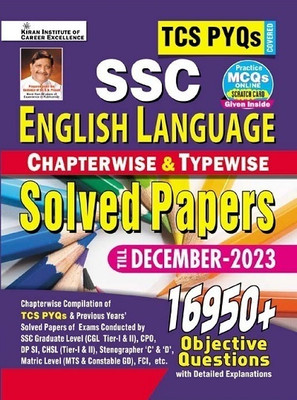
Electronic paper technology: Electronic paper, Comparison of e-book readers, EPUB, Sony Reader, PocketBook eReader, Yudu Media, ILiad, E Ink (English, Paperback, LLC Books, LLC Books, Source Wikipedia)
Price: Not Available
Currently Unavailable
Highlights
- Language: English
- Binding: Paperback
- Publisher: BERTRAMS PRINT ON DEMAND
- ISBN: 9781157321132, 1157321135
- Edition: 2010
- Pages: 122
Description
Please note that the content of this book primarily consists of articles available from Wikipedia or other free sources online. Pages: 38. Chapters: Electronic paper, Comparison of e-book readers, EPUB, Sony Reader, PocketBook eReader, Yudu Media, ILiad, E Ink, Kobo eReader, Koobits, Wattpad, List of E-book software, Plastic Logic, 4FFF N618, SoftBook, EnTourage eDGe, Sony LIBRIe EBR-1000EP, Digital Reader DR800SG, COOL-ER, Pocket eDGe, ESlick, E Ink Corporation, Digital Reader 1000, Hanlin eReader, Gyricon, Elonex ebook, Wink e-book reader, FLEPia, Iriver Story, Wizpac txtr, Blio, CVS Lookbook, Oyo, Liquavista. Excerpt: An e-book reader, also called an e-book device or e-reader, is a portable electronic device that is designed primarily for the purpose of reading digital books and periodicals. An e-book reader is similar in form to a tablet computer. A tablet computer typically has a faster screen capable of higher refresh rates which makes them more suitable for interaction. The main advantages of e-book readers are better readability of their screens especially in bright sunlight and longer battery life. This is achieved by using electronic paper technology to display content to readers. Any device that can display text on a screen can act as an e-book reader, but without the advantages of the e-paper technology. See Comparison of e-book formats for details on the file formats. This list is missing many of the 1st and 2nd generation e-reader devices from the 1990s to 2005. This list can be expanded by adding Unicode support information for e-readers. Such information is very difficult to find right now. A Symbian OS smartphone used as an e-book readerSome portable multimedia players and smartphones include a text viewer, e.g. several Cowon players, including the Cowon D2 and the iAUDIO U3 and Mobipocket Reader for Symbian OS and Windows Mobile mobile phones and devices. Adobe Reader mobile also turns Windows Mobile devices (for example, Samsung Omnia) into e-...
Read More
Specifications
Book Details
| Publication Year |
|
| Table of Contents |
|
Contributors
| Author |
|
Dimensions
| Width |
|
| Height |
|
| Weight |
|
Be the first to ask about this product
Safe and Secure Payments.Easy returns.100% Authentic products.
Back to top






